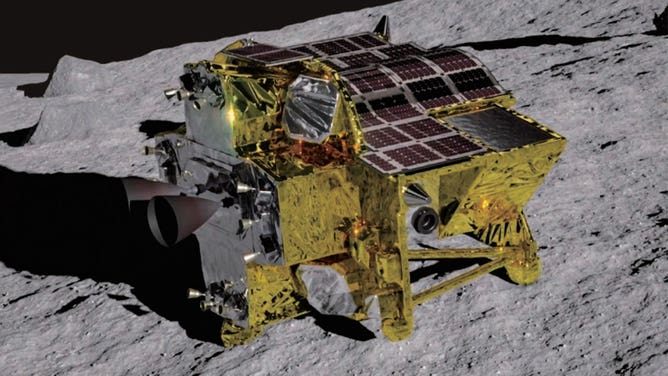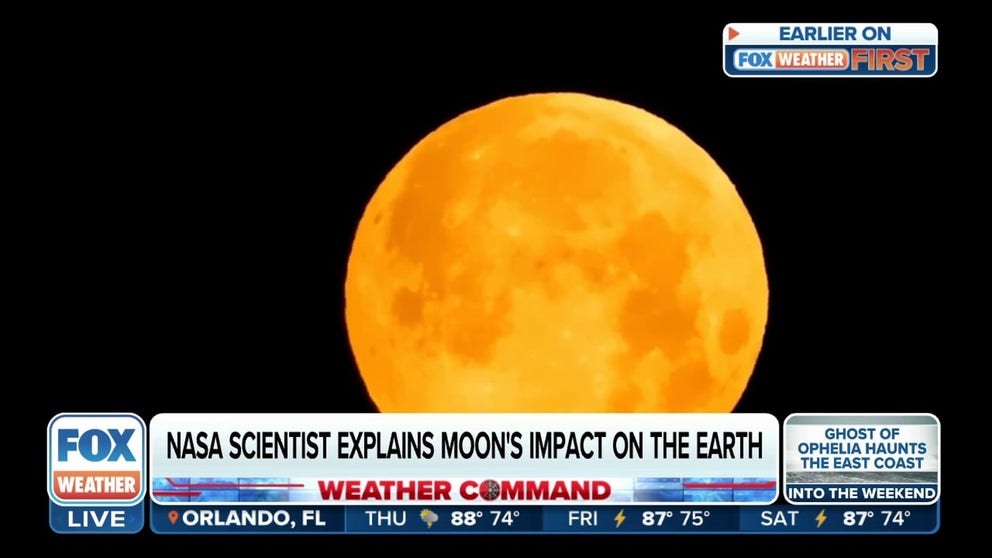Japan becomes 5th country to successfully land on Moon
The president of JAXA, Japan’s space agency, said that the landing of the SLIM craft on the Moon was successful. Scientists said they’ll need time to analyze data to determine if all the goals of the mission were achieved.
FILE: NASA lunar scientists explains Moon's impact on Earth during full Moon
The Harvest Moon on Friday will bring higher tides and increasing the coastal flooding threat. NASA lunar scientist Noah Petro explains why this happens.
TOKYO – Japan on Friday joined a small group of countries that have successfully landed on the Moon.
According to a live broadcast by JAXA, the country’s space agency, telemetry from the Smart Lander for Investigating the Moon (SLIM) show that the craft made contact with the lunar surface at 10:20 a.m. ET.
There was a question about whether the craft survived the landing, but JAXA President Hiroshi Yamakawa said in a news conference about an hour after contact that the landing was successful.
"We have been able to confirm that it has landed on the Moon's surface," Yamakawa said.
NASA DELAYS ARTEMIS ASTRONAUT LAUNCHES TO THE MOON

An artist's depiction of Japan's SLIM lander on the surface of the Moon.
(JAXA / FOX Weather)
Another official at the news conference said that the solar panels on the craft are not generating electricity, but SLIM is operating on battery power for the time being. Images taken by the craft as it landed are also being downloaded, the official said. He said that scientists are still hopeful that the solar panels will eventually start generating power.
JAXA said that scientists will need time to analyze the data being sent back to Earth by the craft to determine if it achieved a critical mission goal of a precision landing, meaning within about a half-mile of the targeted landing zone.
FIRST ALL-EUROPEAN PRIVATE ASTRONAUT MISSION LAUNCHES ON SPACEX DRAGON FROM FLORIDA
Japan joins four other countries that have successfully landed on the Moon – the U.S., Russia, China and India. The U.S. remains the only country to put humans on the Moon.
SLIM, which is nicknamed "Moon Sniper," is a small craft – nearly 8 feet tall and nearly 9 feet wide. According to JAXA, the probe is designed to demonstrate precision landing technology that the agency believes is crucial to future exploration of the solar system. It is also meant to examine lunar rocks on the slope of a crater.
